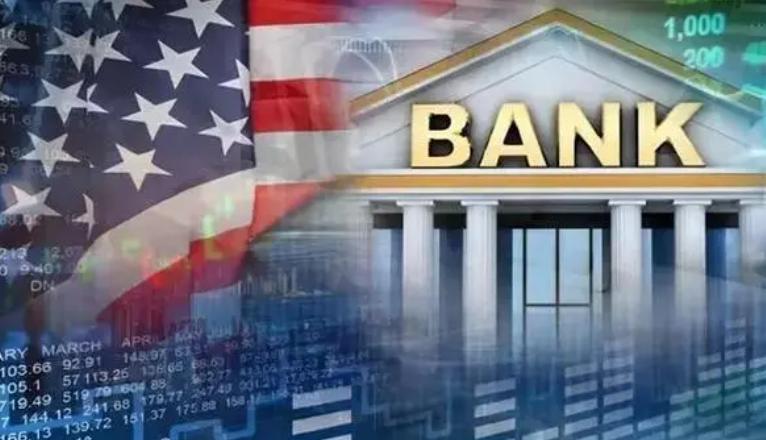
The biggest US banks announced dividend increases on Friday after regulators assessed that all 31 of the banks would maintain enough capital to withstand a recession scenario and passed the Federal Reserve's annual stress tests with ease. In addition, jpmorgan Chase and Morgan Stanley have authorized tens of billions of dollars in share buyback programs. Jpmorgan Chase and Morgan Stanley approved share buyback programs of up to $30 billion and $20 billion, respectively.
In the low interest rate environment, the bank's interest income has been suppressed to a certain extent. To compensate for this pressure and enhance their appeal to investors, banks have chosen to raise dividends to stabilize and boost share prices. The big US banks have announced dividend increases for a number of reasons, one is to pass the Federal Reserve stress test, the Federal Reserve's annual stress test is an important tool to assess the capital adequacy of banks under extremely adverse economic conditions. The test requires banks to simulate various recession scenarios to test their ability to withstand risk. In the June 2024 stress test, major large banks in the United States, such as jpmorgan Chase, Goldman Sachs, Bank of America, Citigroup, Wells Fargo and Morgan Stanley, etc., performed well and successfully passed the test. This result proves that these banks can maintain sufficient capital levels in the face of adverse conditions such as a recession to maintain the stability and safety of their operations. By passing the Fed's stress tests, the banks sent a positive signal to the market, bolstering investor confidence in their financial soundness and providing strong support for higher dividend payouts.
Second, the economic recovery and the improvement of profitability. With the gradual recovery of the global economy, the activities of the financial market are gradually increasing, which also provides more business opportunities and income sources for banks. On the back of the economic recovery, the profitability of large US banks has improved significantly. They have achieved revenue and profit growth by optimizing their business structure, improving operational efficiency, and expanding into new business areas. Improved profitability also gives banks more sources of capital, giving them the ability to raise dividends to reward shareholders.
Third, market competition and investor demand. With the rapid development of financial technology and the intensification of market competition, large banks in the United States are facing competitive pressure from emerging technology companies and digital payment platforms. To maintain market position and attract investors, these banks need to demonstrate their competitiveness and profitability by, for example, raising dividends. Investors usually look at financial indicators such as dividend yields when choosing investment targets. Raising the dividend can increase the dividend yield of the bank, thus attracting more investor attention and investment.
The fourth is the regulatory policy and market environment, which is also one of the important factors to promote the increase of dividends of large banks in the United States. With increased financial regulation and the implementation of regulatory policies such as the Basel Final Rules, large banks in the United States need to proactively address regulatory and compliance requirements. By raising dividends, banks can be seen as a way to reward governments and investors for their recognition of their risk management and compliance capabilities. In the low interest rate environment, the bank's interest income has been suppressed to a certain extent. To compensate for this pressure and enhance their appeal to investors, banks have chosen to raise dividends to stabilize and boost share prices.
To sum up, the reasons for large US banks to announce dividend increases successively include the Fed stress test, economic recovery and profitability improvement, market competition and investor demand, and regulatory policies and market environment. The combination of these factors has pushed the banks to raise dividends to reward shareholders and boost market confidence. However, it is also important to note that increasing dividend payouts requires banks to do so while maintaining sufficient capital levels to ensure their financial soundness and sustainability.

The U.S. third-quarter GDP growth rate, strikingly highlighted at 4.3%, not only surpassed market expectations but also earned the label of "the fastest in two years."
The U.S. third-quarter GDP growth rate, strikingly highligh…
Recently, US personnel intercepted a "Century" super oil ta…
According to Xinhua News Agency, the subtle changes in the …
The rapid development of artificial intelligence has brough…
In December 2025, Taiwan's political scene was shaken by a …
When Apple appears for the Nth time on the list of penaltie…